I recently joined Sisters in Crime, a mystery/suspense/etc. writers’ group, just in time to attend there SinC Into Great Writing: Creating Authentic Characters webinar. I was excited about it because Lou Berney, the author I’m working with this semester for my suspense class in my MFA, was featured. But K. Tempest Bradford was also presenting about writing the other. I’ve heard of her but never seen her teach, which is a shame because she’s a great presenter. If you’re a writer wanting to learning about diverse representation and writing characters different from you, I highly recommend looking for her workshops. She’s very organized, clear, and deeply knowledgeable. She’s also a funny (not excessively so, but she kept it light despite the serious nature of the topic). She also talked about sensitivity readers. Apparently the going minimum is about $250/300, which isn’t bad to me. The next part of the webinar was a conversation about character with Walter Mosley and Lou Berney, which was also interesting. It really was just a conversation for the most part, with the moderator asking a few questions to get things going.
In MFA news, I sent my thesis to the second reader, which means there are no more changes to make. I also turned in the synopsis of rewritten Sadie Speaks to Lou last week and I’m looking forward to getting his feedback on it. If he doesn’t have recommendations for major changes, I’ll be able to submit two samples from the beginning of the book, which I’m hoping is two chapters each. Otherwise, I’ll have to revise the synopsis for the first submission. I just have one more submission to make in my research elective (though I do have half a book to read for it). So I’m really close to being done here.
Outside of that, I just started an online class called How Stories Get Told: Voice and Narrative Distance which I’m hoping is going to help me fix the narrative distance problem Ugly has. Because I think that’s the problem. We’re so buried in her head we can’t see the rest of the world.
I’m still internally debating doing NaNoWriMo this year. This is the month I need to do the planning if I want to make it work. I would be rewriting a romance of mine. I’m also trying to figure out if I’m going to cheat if I do decide to go for it. I already have some of the novel written (actually the whole thing, but only some of that is usable), so I could count the parts I pull in toward my word count. Normally, I’m a purist about it—I only start brand new projects and would never cheat. But it is 2020. So.
One issue is that I want to work on Ugly, too, so it will be hard to do both, which means I may not get to Ugly until December, when I told the agents I could get it to them by the end of the year. I’m also still actively working on the Now Would Be Good stories. I’m running it through my book coach 2500 words a week, with many weeks to go. On top of that, I’m taking another writing class on short stories that starts on October 13, so I’ll be trying to produce work for that. On top of that, I’m studying calculus to prepare for starting the statistics master’s again next fall. So really, if I were sensible, I would not do NaNo. But this is me, so who knows what I’ll decide.
An update on the expensive cat problem: my MacBook Air display died again, and this time they replaced it and two internal cables. So there really was something wrong with it that wasn’t from Maddox biting it. But I still installed a Maddox bite deterrent system:

So far it’s working reasonably well. I’ve caught him biting the cardboard several times, but he hasn’t gotten past it yet.


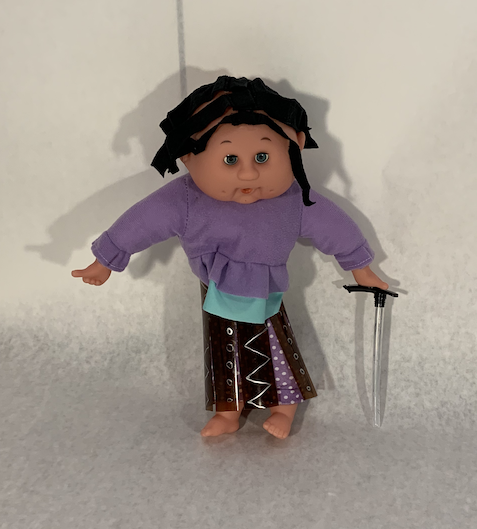
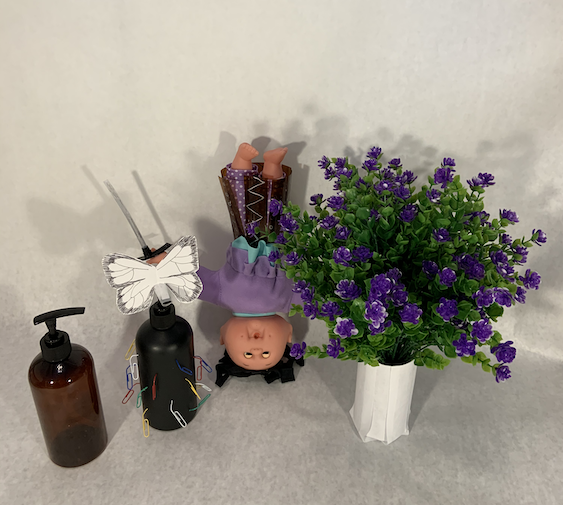
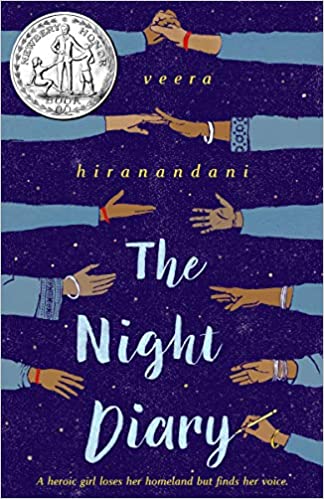 I don’t often review middle grade here (I don’t often read middle grade, either), but I’m making an exception for this book because it was so good. It also felt more borderline lower-YA to me.
I don’t often review middle grade here (I don’t often read middle grade, either), but I’m making an exception for this book because it was so good. It also felt more borderline lower-YA to me.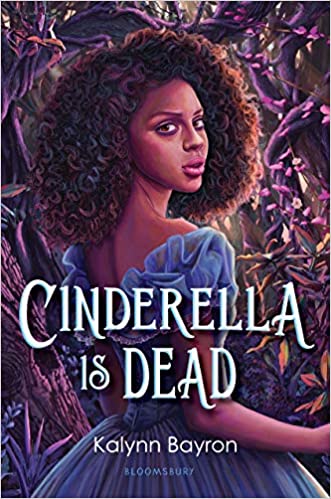 The premise of this novel is amazing. This is the magical kingdom where Cinderella found her Prince Charming, 200 years later—except everything is not all unicorns and rainbows. The current king has maintained the tradition of every sixteen-year-old girl going to the annual ball to get “selected” by the men from the kingdom. If they don’t get picked, they have to go back the next year and then the next, and if they don’t get selected by then, they’re “forfeit.” It isn’t clear to people what that means, exactly, but it’s not good. And the girls are supposed to go all out for the ball—actually, they’re supposed to be visited by the fairy godmother, if they’re "lucky" enough. But in reality, parents spend loads of money they don’t really have on dresses and everything so their daughters can be competitive at the ball. So that’s the basic setup—with a sexist medieval Western European-flavor. But there is a lot more going on than the characters know about.
The premise of this novel is amazing. This is the magical kingdom where Cinderella found her Prince Charming, 200 years later—except everything is not all unicorns and rainbows. The current king has maintained the tradition of every sixteen-year-old girl going to the annual ball to get “selected” by the men from the kingdom. If they don’t get picked, they have to go back the next year and then the next, and if they don’t get selected by then, they’re “forfeit.” It isn’t clear to people what that means, exactly, but it’s not good. And the girls are supposed to go all out for the ball—actually, they’re supposed to be visited by the fairy godmother, if they’re "lucky" enough. But in reality, parents spend loads of money they don’t really have on dresses and everything so their daughters can be competitive at the ball. So that’s the basic setup—with a sexist medieval Western European-flavor. But there is a lot more going on than the characters know about.

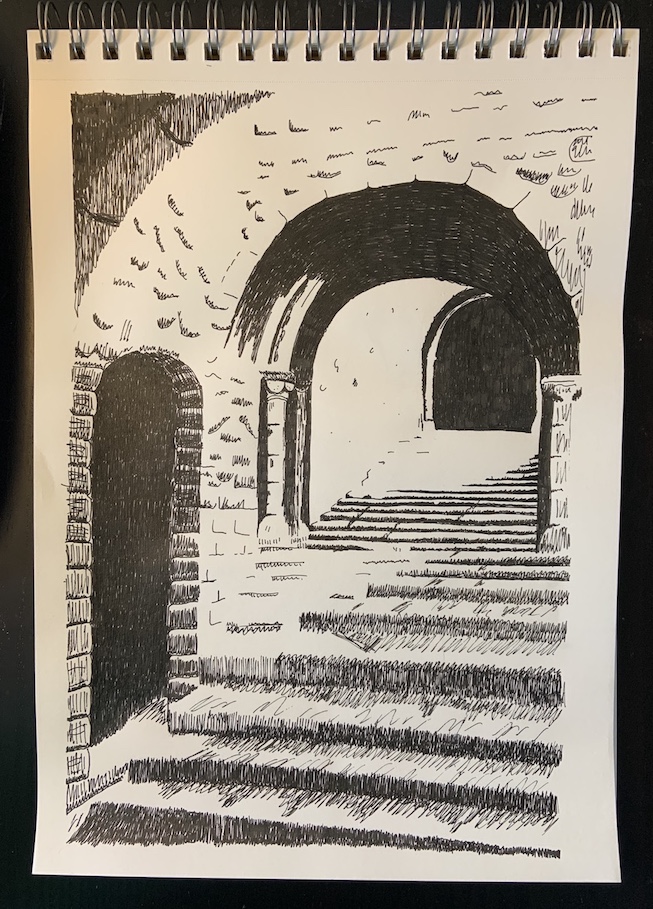
 This time I’m reviewing a nonfiction book, something I don’t do very often. But I devoured this one. It tells the story of an attack on an agender teen by a Black teen on a bus in Oakland, California, and the aftermath. But it delves into the lives of both teens as well as the justice system and provides a really objective view of all the issues surrounding the attack.
This time I’m reviewing a nonfiction book, something I don’t do very often. But I devoured this one. It tells the story of an attack on an agender teen by a Black teen on a bus in Oakland, California, and the aftermath. But it delves into the lives of both teens as well as the justice system and provides a really objective view of all the issues surrounding the attack.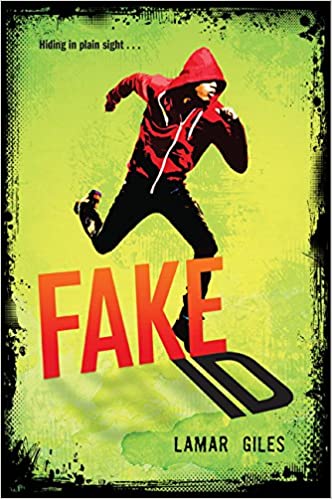 I don’t remember how I found out about this book, which originally came out in 2014, but I’m glad I did. As I’m starting to explore suspense in YA more, this is a perfect thing for me to read. I saw it compared to a Harlan Coben book, and having just read my first Coben book, I can say the comparison is apt.
I don’t remember how I found out about this book, which originally came out in 2014, but I’m glad I did. As I’m starting to explore suspense in YA more, this is a perfect thing for me to read. I saw it compared to a Harlan Coben book, and having just read my first Coben book, I can say the comparison is apt.
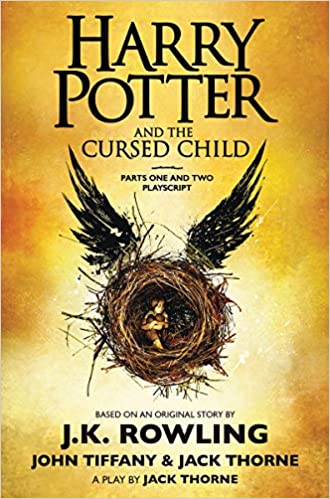 I've had this book a while and finally got around to picking it up. And I have to admit after reading it that I think it would work better as a produced play than a script (I was thinking that myself, but a friend of mine read the book and felt meh about it, but then saw the play and said it was awesome), but I still enjoyed the story.
I've had this book a while and finally got around to picking it up. And I have to admit after reading it that I think it would work better as a produced play than a script (I was thinking that myself, but a friend of mine read the book and felt meh about it, but then saw the play and said it was awesome), but I still enjoyed the story. I read this sharp Pride and Prejudice remix quickly because it really sucked me in.
I read this sharp Pride and Prejudice remix quickly because it really sucked me in.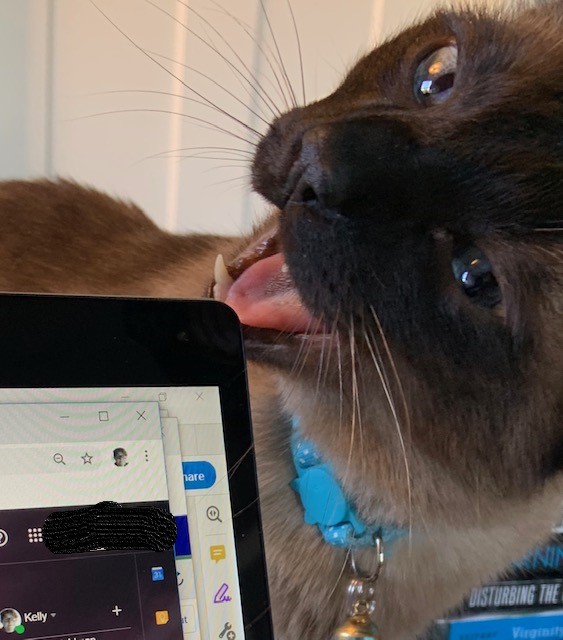
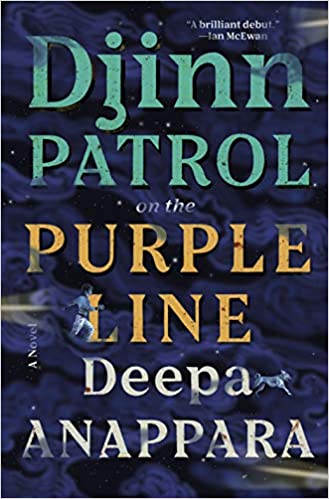 I rarely review books here that aren’t YA, but I enjoyed this one and think some of you might, as well. This is a rare suspense novel set in India (at least it’s rare to me—when I think of suspense, it’s almost always with white characters).
I rarely review books here that aren’t YA, but I enjoyed this one and think some of you might, as well. This is a rare suspense novel set in India (at least it’s rare to me—when I think of suspense, it’s almost always with white characters).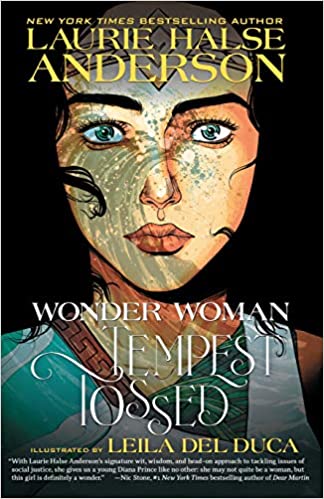 I was a little surprised to see a graphic novel by Laurie Halse Anderson, but of course I had to check it out. I'm not a superhero fan in general, but I sometimes make an exception for Wonder Woman. I'm glad I did this time. It was illustrated by an artist I wasn't familiar with, Leila del Duca, but she impressed me with her sharp style.
I was a little surprised to see a graphic novel by Laurie Halse Anderson, but of course I had to check it out. I'm not a superhero fan in general, but I sometimes make an exception for Wonder Woman. I'm glad I did this time. It was illustrated by an artist I wasn't familiar with, Leila del Duca, but she impressed me with her sharp style.

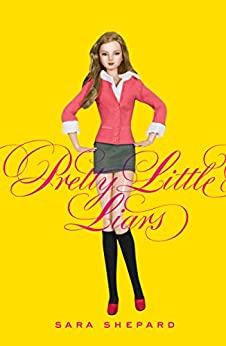 I know this book came out a while ago (2006) and is a TV show now, but I picked it up based on a recommendation for my suspense/thriller class for my MFA. I’d obviously heard of it, but never read it.
I know this book came out a while ago (2006) and is a TV show now, but I picked it up based on a recommendation for my suspense/thriller class for my MFA. I’d obviously heard of it, but never read it.